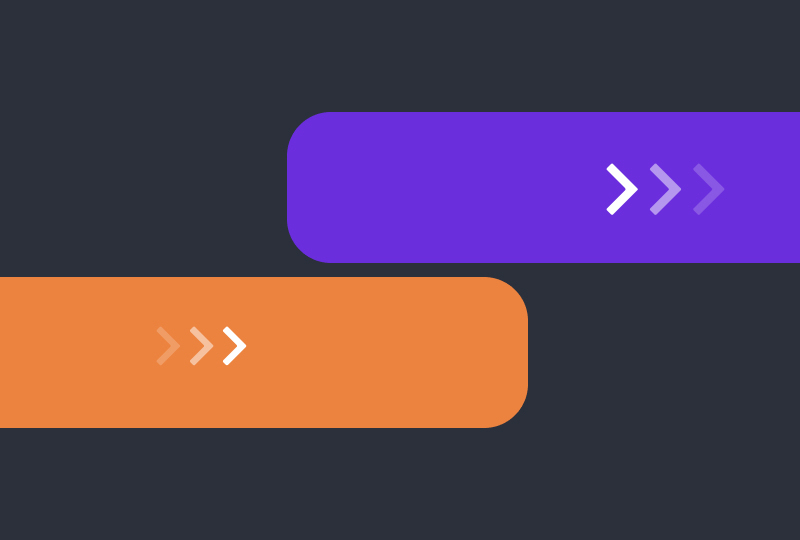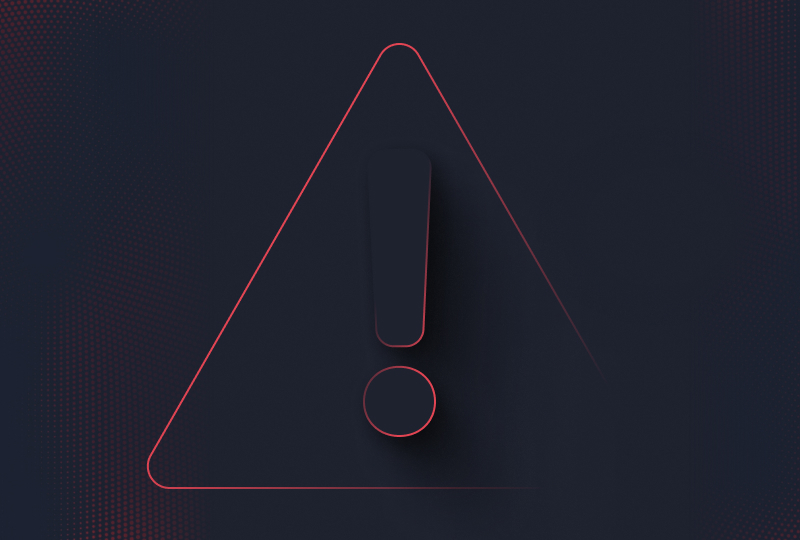2018-10-09

Scaling Success for High-Value Customers with Automated Outreach

11 min read
In this article, we’ll discuss tech-touch strategies that can be applied to your high-value customers for more scalable customer success. By incorporating tech-touch point strategies into your engagement strategy with your high-value customers you can not only become a more efficient CS professional but also ensure that you're always adding value to your customers at the perfect time for them!
The Need to Scale Intelligence Not Just Touches
As a Customer Success Leader, your mission is to proactively enable, sustain and de-risk your customers’ journeys towards realizing the full value of your product or service.
At the heart of this mission is the ability to proactively and intelligently engage your customer.
Intelligence in this context is understanding the who, why, when, what, how and where to drive each engagement point with your customer.
-
Who needs to be engaged (persona/user profile)M
-
Why would they want to be engaged at that time (value to the persona/user)
-
When do they need to be engaged (milestone/trigger in their customer journey)
-
What do you want them to do as a result of the engagement (vendor’s desired reaction)
-
How do they want to be engaged (text/video/audio, interactive app)
-
Where do they want to be engaged (email, in person, phone, in-product, mobile alert)
When your company is growing fast, your customer base is growing from 10s of high-value customers to 100s and then to 1000s, how do you scale high touch engagement? How do you scale both the proactivity AND the intelligence?
Let’s be honest, it becomes challenging as your portfolio grows to give each customer the same attention and time; to give each of your customers that personal touch. You have both the proactive intent and the intelligence required to drive the type of engagement an effective customer success strategy is built on. But your team of CSMs only have so much time each week.
Increasing the size of your CSM team isn’t always an option, and won’t necessarily solve the challenge. High quality (and even low quality) CSMs are expensive to hire, develop and retain in today’s market.
So, how do you scale the engagement that drives your high touch customer success strategy in such a way that you retain the intelligence but it’s also cost-effective? Mixing automated customer outreach, driven by the intelligence you have on your customers, into your high touch engagement plans for your high-value customers is one way to do this.
Here, we’re taking a leaf from your Marketing team’s account-based marketing (ABM) playbook. Running automated outreach campaigns based on user behavior (intelligence) to help encourage successful behaviors and move customers through the customer lifecycle.
Creating a Hybrid Strategy
A common misconception is that your high-value customers are the ones you should be having calls and meetings with on a regular basis, and there should be a two-way exchange between you and that customer to create a solid relationship.
Yes, it is important to have those 2-way exchanges with your high-value customers, but only when it’s absolutely necessary and adding value to them. And there are probably many points during the customer’s journey that technology-driven outreach is preferred by the customer.
In one of Planhat’s recent webinars, Matt Barnett, Co-Founder & CEO of Bonjoro, gave a great example of how you don’t have to sacrifice that personal touch to do outreach at scale,
“...one-way communication I actually think is really good because it’s done on their time, it’s done on your time -- you actually have a much smaller input so it saves you [time]. It can mean you have 10 minutes of work to do a day [on this communication and relationship building].”
Customers appreciate when they are able to engage on their time, and having these moments of one-way communication saves both parties time. And, most importantly, it allows you to keep your calls and in-person meetings focused on making sure the customer is achieving the goals they set out to accomplish with your tool...what really matters.
Channels & Tools to Use
There are so many ways we can engage with our customers today, and the number of ways will only increase in the near future. We’ll just give you several channels and tools you can consider using to combine in your strategy with your high-value customers.
Deciding which channels to use and which combination would work best to accomplish your goals, is a great time to work with your Customer Experience or Product team. They will help you make sure you’re not disrupting the customers’ experience, but still getting your messages to the customers in the most effective way.
Email is the classic outreach medium that will be around for quite some time as a primary way of communicating with customers. It’s a medium that’s both personal and professional, and can be the most appropriate channels for touch points such as welcome or introduction emails (introducing yourself to the decision makers as their main point of contact), renewal reminders, emails to schedule a QBR or an EBR, handoff emails, and so on. You can automate these on some level for your high-value customers and they can still have the personal touches you need.
In-App Chat
With in-app chat you’re able to reach your customers in the moments they’re engaging with your tool, and it also provides the opportunity for your customers to engage back with you if they would like to ask more questions or reach out for advice.
Intercom has written a great e-book on Customer Engagement that makes the case for in-app chats but also discusses when in-app chat might not be the most appropriate form of outreach and where email can still be the better option. They give more great examples of messages your team can be sent to help engage customers.
I spoke with Maggie Crowley, a Growth Marketing Specialist at Unbounce (they call themselves the Expansion Squad), and her team falls in the larger Customer Success team. She shared with me some of her advice and experience with campaigns that use a combination of email and in-app chat.
In-app chats are certainly easier to be seen and can have a higher success rate when you want to get the user to complete an action (because they are right there in the tool), but her team tries to be sparing in how and where they place the in-app messages per recommendations from the User Experience (UX) team.
For her team, email is great for when you need to get people re-engaged if, for example, they might not be using the tool every day.
This is a channel that can be used for all customer segments and appreciated by your high-value customers.
Bots
Bots are different from the in-app chat in that there isn’t a human that is (technically) available on the other end. They can appear very similar in the application, but the experience for the customer and when each should be used is quite different.
Bots good for limited and simple interactions but aren’t suited for more complex interactions that require a human to discern what’s needed to take the appropriate next action. Think of Siri for the iPhone...you can only get so far with the questions you ask her.
They are useful in helping take on the more transactional rather than interactive questions and tasks, and should only be used as touch points in your customer experience if it’s something that is simple and doesn’t have a lot of variation from the human side.
But, bots are getting better and better (or smarter and smarter) with time! With the help of Artificial Intelligence (AI) and machine learning the bots you use will learn and get smarter and be able to help your customers with more complex tasks.
Cristina Fonseca, Co-Founder of Talkdesk, spoke about machine learning and AI, as well as the potential of Bots and the impact they will have on customer success on our podcast The Customer Success Channel. Check out her episode to learn more!
Video & GIFs
One way to engage users in an extra personal and interactive way is by adding video content or a fun GIF to your in-app messages or email outreach campaigns. It’s a quick and simple way to make your messages more human and personal, and it doesn’t have to be a huge effort. It's also a great opportunity to showcase your company’s brand and personality.
One tool that can help make video easier to do at scale is Bonjoro. Their tool helps you quickly and easily add a video or a GIF to your email or chat message. It’s a simple and scalable way to reach out to your customers and it goes the extra mile by putting a face to the name of their CSM at your company. And, as we quoted the co-founder earlier, it’s a form of one-way engagement that doesn’t take too much time away from the customer, but still lets them know you’ve taken time out for them.
Bonjoro is all about the delight element of customer success, and they discussed their success with video to help increase engagement and reduce churn in a webinar hosted by Planhat, which you can check out here.
In-App Walkthroughs
With high-value customers, there is a higher possibility that they have some custom elements to their set up and structure and will require assistance with their implementation, and maybe they even need some customized training.
However, to train them on every little aspect of the tool isn’t a good use of their time or yours. That’s where tools like in-app walkthroughs come in handy. It’s taking care of the simple “how-tos” so they don’t have to ask you or support. These simple moments can make a big difference for the customer’s experience as well, helping to eliminate frustration and, again, giving you time to focus on the overall goals.
Which channel or combination of channels you choose to use will depend on your goals for that outreach, and what the most effective way is for your customers to receive and utilize that information is.
Why Use your Customer Success Tool to Drive Automated Outreach?
Your customer success tool should have all of the important and relevant data about a customer available and it should allow you to use this data in meaningful ways. And one of those ways is what this article is all about, it should allow you to use your customer data to reach out to them in a way that is optimized for their experience, and for your efficiency.
Your Customer Success tool should allow you to bring in all of your customer data - behavioral (clicks, logins, downloads, etc), attributional (what types of products they bought, where are they located), and communication on other platforms (such as support channels, emails, etc.), so what would be a better tool to serve as the central point for your customer outreach?
How Planhat Can Help
Planhat allows you to bring in all of your customer data from the different sources you have it stored in and make it meaningful, actionable, and allows you use that data to automate your customer outreach in the same tool you use for customer success.
Data such as, when they last logged in, when they last did x activity, if their usage for certain activities has dropped, revenue data and so on. All of that can come into Planhat and your Customer Success (and even Customer and Product Marketing teams) can use it to create or assist in automated outreach processes.
Learn more about how Planhat can help you scale your customer outreach strategy.
About the Co-Author Ross G. D. Fulton
Ross G. D. Fulton is the Founder of Valuize Consulting. Through 16+ years in software go-to-market strategy, sales engineering and customer success leadership roles, Ross has led on both sides and astride the wall that separates Sales and Customer Success in many software companies. Valuize Consulting helps B2B SaaS companies to acquire, retain and expand more revenue and customers by integrating and aligning Sales and Customer Success strategies.
Join our newsletter!
Receive the latest news, updates, and invitations to our events.
Being data-driven, are we there yet?
Being data-driven should be standard nowadays, but many organizations still struggle with it. Every company wants to be data-driven, but putting it into practice is the tough part.
How to transition from a cost center to a profit center in CS
Many in CS shy away from the commercial aspects of the business, but it's a missed opportunity to keep the conversation moving around maximizing and driving value for customers.
It's worth the risk: Identifying and managing risk in CS
When faced with risk in CS, it’s hard to know what the first step should be. We've developed an actionable plan based on experience from three CS experts.
Learn more about
Planhat
Drop your email and let us show you our platform!











